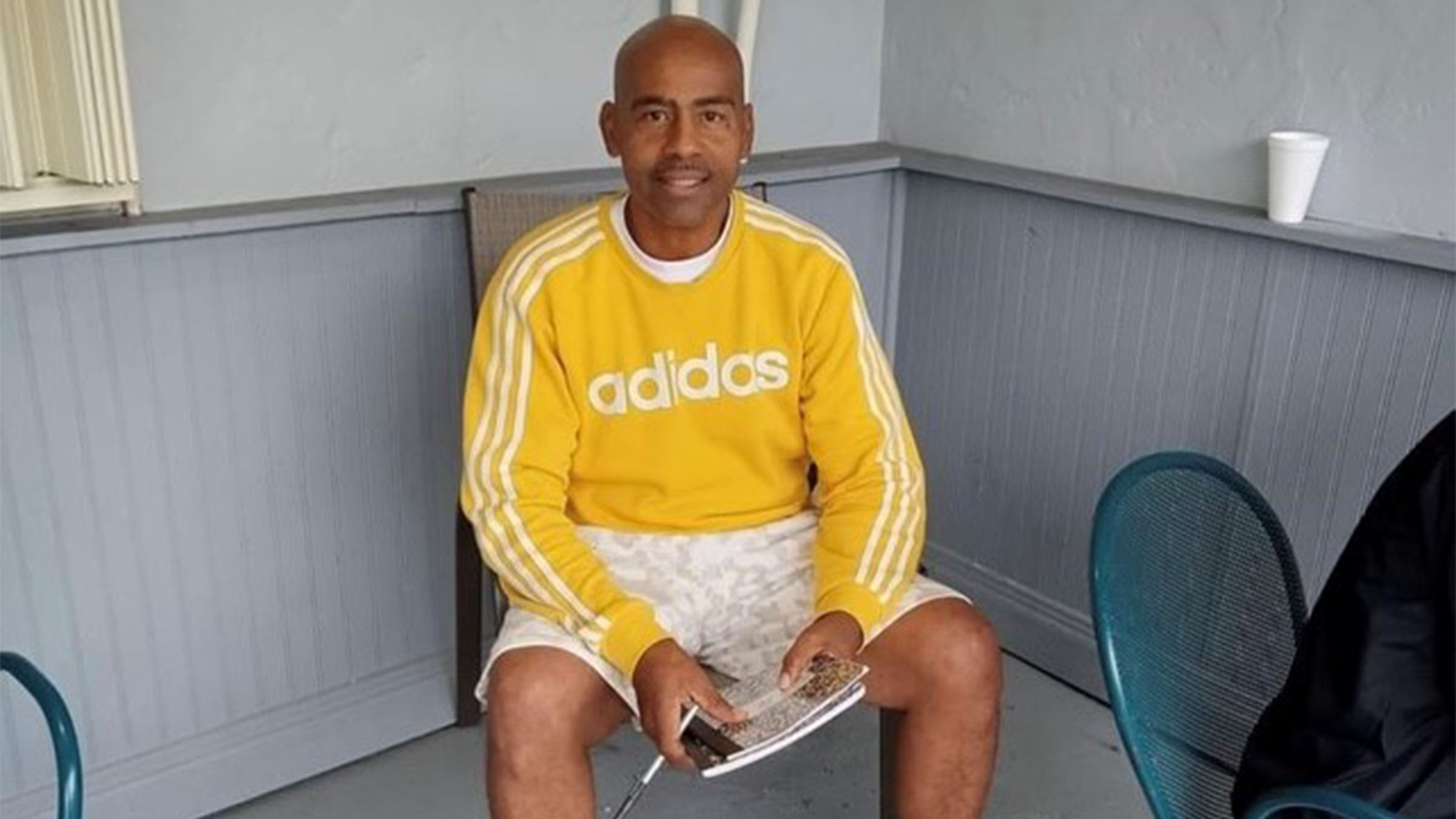It was the body camera video seen across the country. A traffic stop that turned deadly.
In the video, you can hear a Minnesota police officer scream, “Taser. Taser. Taser.” A single shot was fired instead, killing 20-year-old Daunte Wright.
The department’s then-chief alleged the officer, who’s now charged with second-degree manslaughter, mistakenly grabbed her gun instead of her Taser.
While these cases are rare, it’s putting a spotlight on other weapons confusion cases.
Get South Florida local news, weather forecasts and entertainment stories to your inbox. Sign up for NBC South Florida newsletters.
There’s no database for this, but using previous reports and studies, NBC 6 uncovered at least 16 weapons confusion cases dating back to 2001. All seem to involve a Taser.
None of the cases we found were in Florida.
“There’s always something going on that created a stressful situation,” said Brian Higgins, a former New Jersey police chief and now an adjunct professor at John Jay College of Criminal Justice in New York.
Local
He’s also currently a safety and security consultant.
“My question is, the more I dig into it, is to what extent is their training?" Higgins said.
He’s looking into the same cases we did.
“You need to create a high-stress environment where the officers are as close to the level as possible to that stressful environment whereby they pick the right weapon," Higgins said.
Miami Police took NBC 6 into its training center to show how they train their officers for those real-life high-stress scenarios and what they do to make sure their officers choose the right weapon.
“We try to give them as many scenarios as possible to try to induce that stress that they may encounter out there on the streets,” said Sgt. Jose Cancel of the Firearms Unit at MPD’s Training Center.
“As a right-handed shooter, my gun is going to be on my right side,” explained Cancel.
He says it's mandatory for officers to have their firearm on their dominant side and the Taser on the non-dominant, or weak side, so they have to reach across their body to grab it.
While it's a practice many departments have adopted over the years, Sgt. Cancel says the repetition helps drive the key principles of training.
“Look, training is really important. Repetition is really important. Muscle memory is really important,” said Miami PD’s new top cop, Chief Art Acevedo.
He sat down with us one-on-one to explain how the department’s training helps prepare officers for those critical decisions in the field. Though he acknowledges more training may be needed.
“We actually had a staff meeting last week where I had my major over training put together some proposals on our training. What are our training strategies? How often do we train in these critical areas? And what you’re going to see is we're going to have more training not less training,” Acevedo said.
Axon, the company that makes the Taser, told us, “Of the 18,000 police agencies in the US, we estimate approximately 17,000 of them deploy TASER devices. Based on those numbers, it’s reasonable to assume that in the very rare and tragic circumstance of weapons confusion that a TASER device is involved.”
In another statement, the company also explained that it “specifically cautions of the possibility of weapon confusion and provides training recommendations to mitigate against it.”
The statement also says, “over the years Axon has implemented numerous features and training recommendations to reduce the possibility of these incidents occurring. This includes building TASER energy weapons to look and feel different than a firearm”
However, Higgins provided some additional insight on that.
“In the heat of the moment, it appears from the instances I've seen it's still too close for comfort,” said Higgins. “These things that look like a handgun, you’re still firing something.”
Higgins also says departments should look at developing their own training standards that go beyond the manufacturer’s recommendations.
It’s worth noting that Brooklyn Center’s Police department also required its officers to place their firearm on their dominant side and the Taser on the weak side. However, we still do not know all of the details surrounding the shooting.



